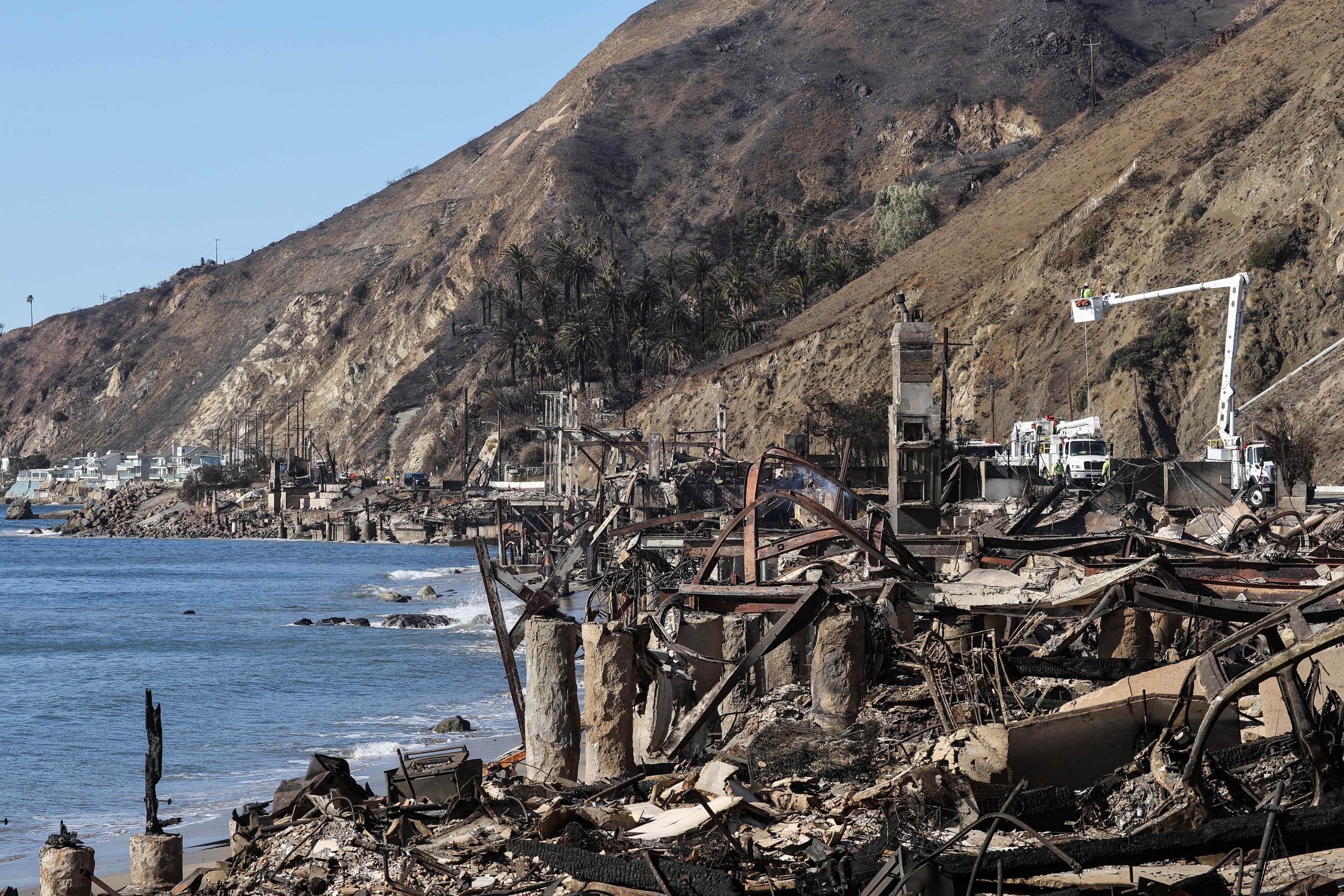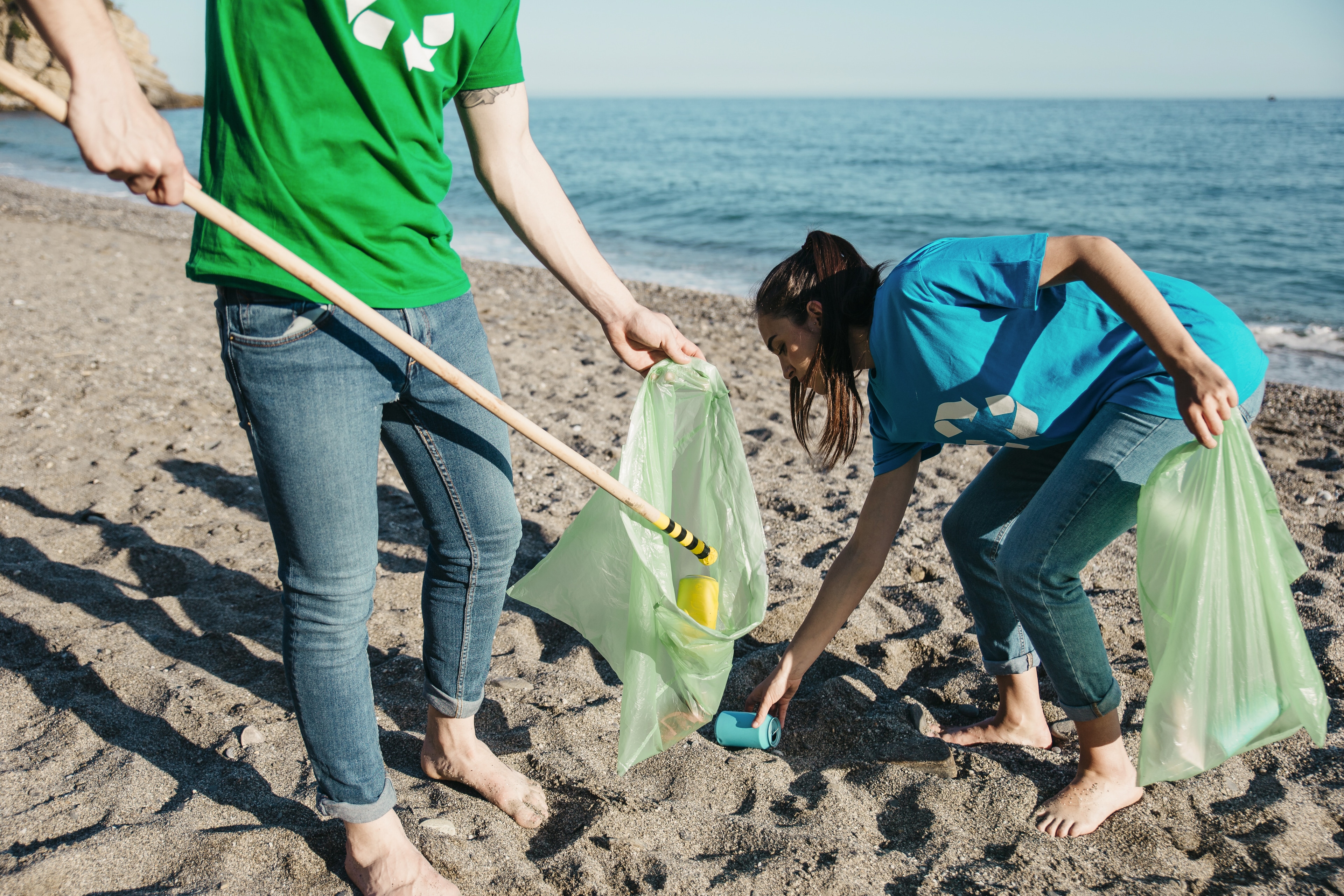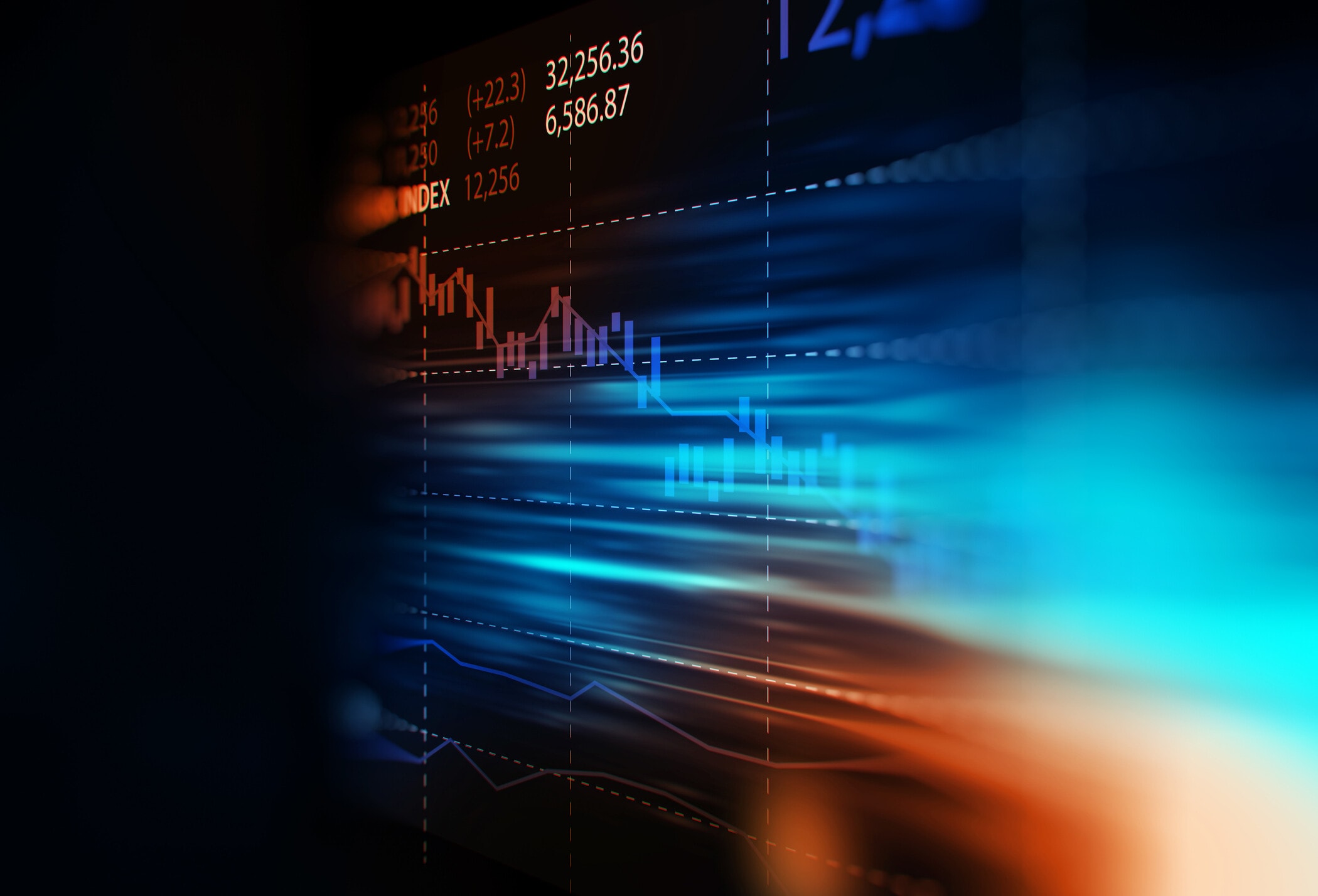Plastic pollution is seeping into the Arctic, here's how we can prevent it

Arctic plastic pollution is increasing, with local and global implications.
Image: Annie Spratt/Unsplash
Halla Hrund Logadottir
Co-Founder and Co-Director, Arctic Initiative, Harvard Kennedy School of GovernmentKatie Segal
Research Assistant, Arctic Initiative and Louis Bacon Environmental Leadership Student Fellow, Harvard Kennedy School of GovernmentStay up to date:
Arctic
Stranded polar bears, mining disasters, oil spills. These are the common portrayals of environmental risk in the Arctic. But there's a less-familiar threat to the pristine Arctic environment that demands our attention, too – the growing prevalence of marine litter, and specifically plastic pollution.
Plastics have seemingly inundated every corner of the world. More than three-quarters of all the plastic ever produced is now estimated to be in landfills or littering the environment, in the form of bottles, single-use packaging and fishing and aquaculture gear, and some is finding its way to the Arctic. High concentrations of microplastic particles have been detected in Arctic ice, with a good deal of it suspected to have originated outside of the region. This plastic is polluting delicate ecosystems and may even threaten human health. And while there may be less plastic debris in the Arctic than in other parts of the world – such as the so-called Great Pacific Garbage Patch – the problem is growing, with global implications.

Given the relatively small human population in the area, research suggests the bulk of plastic pollution in the Arctic may not be generated locally, and instead was carried there by currents from the Atlantic and Pacific Oceans. While plastic debris was not found in most Arctic surface water, plastic pieces (hundreds of thousands per square kilometre) had accumulated in the northernmost and easternmost areas of the Greenland Sea and Barents Sea, suggesting these areas serve as accumulation points for a global “plastic conveyor belt". Scientists expect this pollution to increase in the Arctic and around the world due to growing volumes of plastic production, use and disposal over the coming decades. Some have even suggested the Barents Sea could become a sixth global “Garbage Patch.”
Plastic pollution poses serious ecological and economic threats to what is still a relatively pristine Arctic environment. Research shows even very small organisms like zooplankton can ingest plastic fibres, which may affect the amount of natural prey they consume and reduce reproduction rates. There is a general concern plastics and their associated chemicals have the potential to bioaccumulate up the food chain, which might ultimately affect any human who eats seafood. Plastic pollution could also harm local economies in the Arctic by deterring the now-burgeoning regional tourism, and by undercutting the livelihoods of local fishers and hunters who have relied on a healthy marine ecosystem for centuries. The economic impact may also extend well beyond the Arctic. According to a study published in 2017, more than half of the total volume of aquaculture products in the European Union, mainly Atlantic salmon from Norway, originates in the Arctic.
Earlier this year, the Arctic Council, an intergovernmental forum, identified plastic pollution as one of its top issues to address over the next two years.
“We place a strong emphasis on efforts to improve stewardship of plastic waste and thus reduce the input of plastics into the Arctic Marine Environment,” said Gudlaugur Thor Thordarson, Iceland’s Foreign Minister and current chair of the Arctic Council.
“We hope that by the end of the Icelandic Chairmanship of the Arctic Council in May 2021, we will have adopted an ambitious regional plan of action on marine litter and plastics in the Arctic.”
Iceland's Arctic Council chairmanship is co-hosting a workshop in October 2019 to enable policymakers and experts to begin developing a framework for tackling Arctic plastic pollution. The workshop will be held in collaboration with Harvard Kennedy School and the Wilson Center.
While contributions at the local level will be crucial – such as stricter regulations governing plastics use, advocacy and awareness campaigns and clean-up efforts – there is a broader need to incentivize change among major global players including the European Union, the United States, India and China, as well as multinational companies.
The World Economic Forum’s newly-updated Arctic Transformation Map now explores how environmental degradation, including plastic pollution in the Arctic, is linked to a diverse array of issues around the world, demonstrating both the complexity and breadth of the problem – and the need for a solution.
Ultimately, the Arctic nations’ ability to lead by example will be essential for establishing credibility and inspiring others to act to prevent the Arctic becoming a global trash bin – with potentially significant consequences for the planet.
How UpLink is helping to find innovations to solve challenges like this
Don't miss any update on this topic
Create a free account and access your personalized content collection with our latest publications and analyses.
License and Republishing
World Economic Forum articles may be republished in accordance with the Creative Commons Attribution-NonCommercial-NoDerivatives 4.0 International Public License, and in accordance with our Terms of Use.
The views expressed in this article are those of the author alone and not the World Economic Forum.
Forum Stories newsletter
Bringing you weekly curated insights and analysis on the global issues that matter.
More on Climate ActionSee all
Ekhosuehi Iyahen, Daniel Murphy and Andre Belelieu
August 27, 2025
Thomas Brostrøm and Sandeep Kashyap
August 26, 2025
Thomas Philipon
August 26, 2025
Lim Chow-Kiat
August 21, 2025
Tom Crowfoot
August 20, 2025







